The Difference Between Weather and Climate
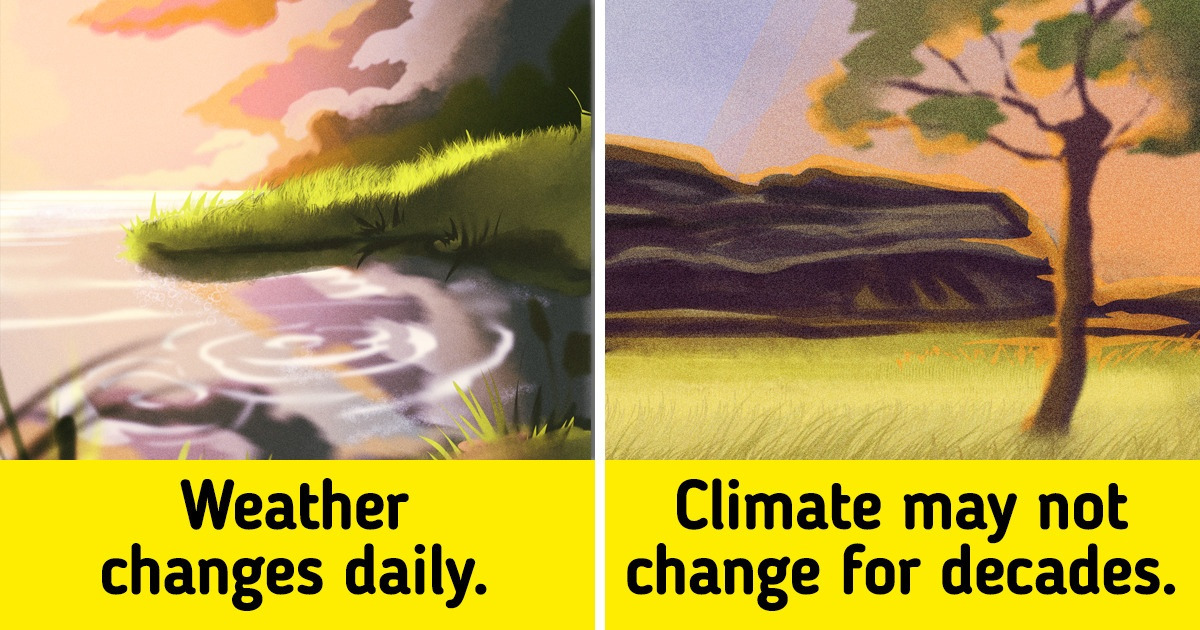
Without going into detail, it might seem like weather and climate are the same thing. This is because we use both of these words to say that it’s sunny, cloudy, or snowy out. However, it’s worth knowing the difference between these 2 things, at least for the sake of not making a mistake during a conversation.
At 5-Minute Crafts, we decided to find out what weather and climate really mean and how they are different.
What weather is
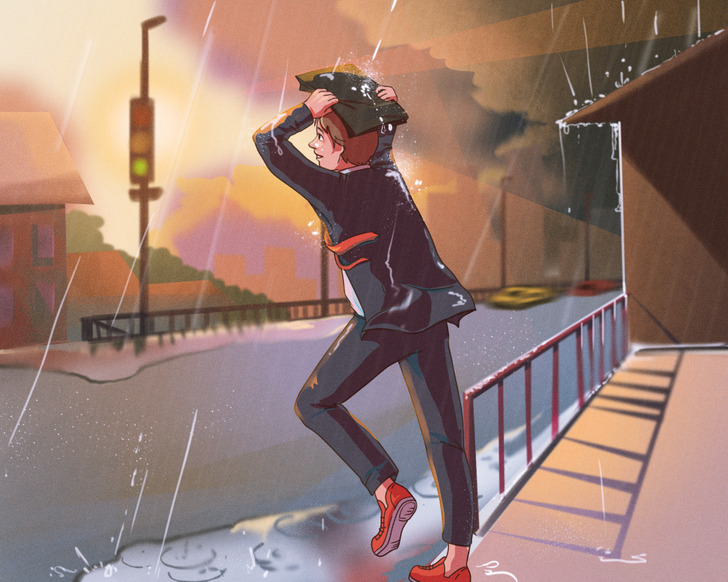
In simple terms, the weather is the way the atmosphere is behaving and how it affects human life. Weather can change from hour to hour, day to day, and season to season. But when we use the word “weather” in everyday life, we usually mean a short period of time — a few hours, day or night. Weather can be different even within the same city. For example, light rain can fall in the city center without hitting the outskirts, or vice versa.
What climate is
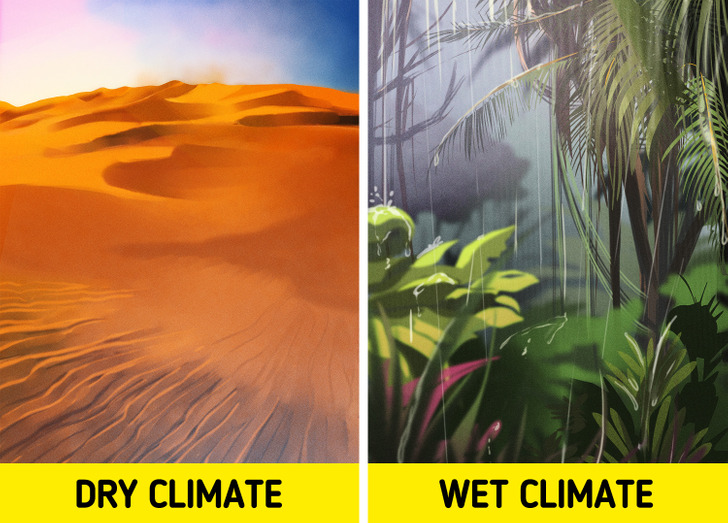
Climate is the average state of the atmosphere over a long period of time, such as 30 years or more. Unlike the weather, the word “climate” is applied to larger areas, like parts of countries, countries as a whole, or even groups of countries. Climate, like weather, includes solar radiation, temperature, humidity, wind, and precipitation. But the main difference between climate and weather is duration. In simple terms, the climate is the weather you can expect. If we hear “wet climate,” we understand that there is usually a lot of rainfall in the area.
Why it’s important to differentiate them
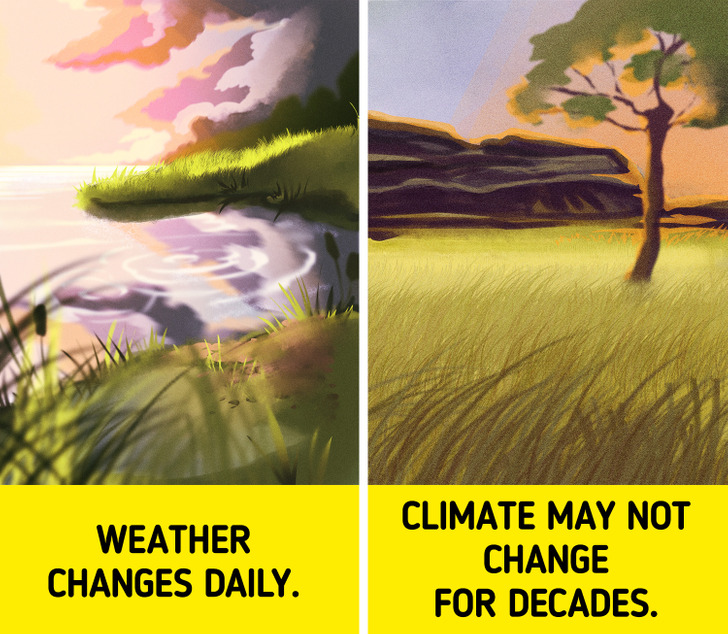
People who can’t see the difference between climate and weather don’t realize the importance of their changes. Weather changes every day and there is nothing unusual about this. But climate change is a much more serious process, and its consequences will affect everyone in one way or another. For example, a global rise in temperature is expected to raise sea levels and change precipitation in certain areas, which will affect crop yield. In the wild, plants and animals that are adapted to a certain climate will find themselves in conditions for which they are not ready.
But there have been reverse processes in history, like, for example, the Little Ice Age, which began after the end of the Middle Ages and lasted until the middle of the nineteenth century. The effects of this climatic cooling can be illustrated by the fact that the sea around Iceland froze, thus cutting off the possibility of navigation. Livestock could not be kept due to low temperatures, and crops died.
How to stabilize climate
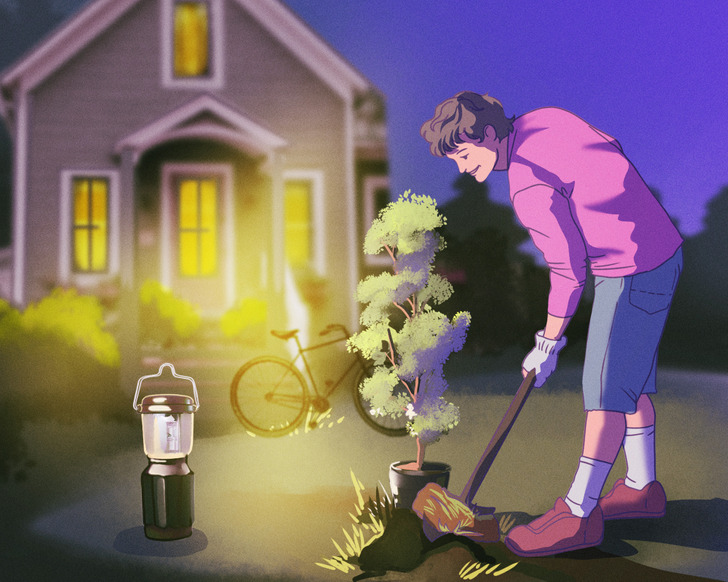
There are things that each of us can do to help the planet fight climate change. Here are some of them:
- Use energy-saving light bulbs. They reduce greenhouse gas emissions. Turn off the lights when you leave a room if you don’t need them.
- Plant a tree. Trees produce oxygen and help purify the air.
- If possible, use a bicycle — this will reduce the emission of exhaust gases into the atmosphere.